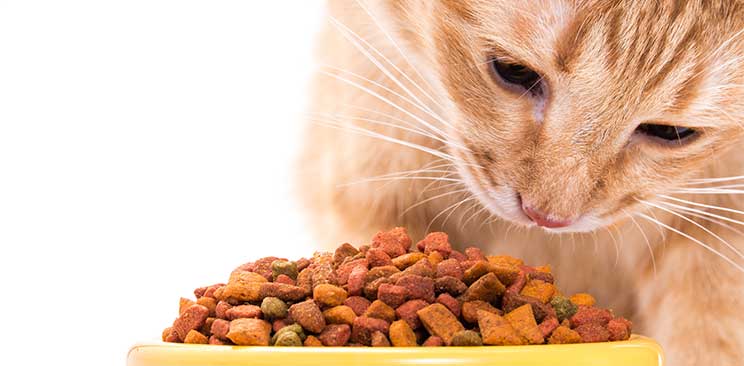Statistics show that Australians love their pets, writes IRI Account Manager Peter Mclaren. The ratio of pets to humans is 1:1, with over 24 million pets living in Australian homes.
More than 62 per cent of Australian households own a pet, which is similar to the US but much higher than the UK at just 40 per cent.
Worth $2.3 billion, the pet category is therefore highly competitive for both retailers and manufacturers.
Pet dollar sales grew by two per cent, or $36 million in the latest MAT (IRI MarketEdge MAT). The most significant segments contributing to growth within the category were wet cat food (+$19 million) and chilled pet food (+$17 million) while wet dog food (-$11 million) and pet accessories (-$7 million) were the only declining segments.
The top four manufacturers in the category experienced mixed fortunes, with Real Pet Food Company (+$36 million) and Nestle (+$13 million) in growth while Mars (-$28 million) and private label (-$4 million) experienced decline. The Real Pet Food Company and other smaller suppliers have been capitalising on the trend towards healthier pet foods.
Health and wellness trends in pet food
Shoppers are increasingly seeking food products made with natural and organic ingredients, not just for themselves but for their pets.
Over 50 per cent of category shoppers are 40-64-year old’s and are typically more health conscious and willing to pay a premium for these products, especially considering recent inquiries into pet food safety. This is evident from the IRI data, which showed that the average price of pet food has increased by three per cent and volume sales have also grown.
The increase in average sale price occurred due to growth in the more premium chilled pet food segment. Brand drivers in this segment include Paws Fresh (owned by V.I.P. Petfoods) and Fussy Cat (owned by RPFC) both of which are tapping into key category trends such as fresh, grain-free, natural and Australian made within their product ranges.
Pet ownership barriers
The key limitations on growth in this category are also the barriers to owning a pet – primarily, increasing urbanisation as the population shifts towards higher-density housing in urban areas.
High pet costs are also a barrier; including pet food and veterinary service, the average dog costs a household $1,475 per year according to the PIAA.
These barriers are evident in the decrease in pet food household penetration (-36,000, despite a growing household population in Australia of +174,000 (IRI Shopper Panel – Comparing MAT to 23/06/19 vs previous MAT).
This decline in penetration has been driven by cat food while dog food has remained fairly stable.
The next 12 months
The pet food category as a whole is in good health. Alongside the premiumisation trend, shoppers are also increasing their average weight of purchase as they look to complement healthier pet foods with dietary supplements and treats to promote good health and wellbeing in their four-legged friends.
About IRI
IRI is a leading provider of big data, predictive analytics and forward-looking insights that help FMCG, OTC healthcare, retailers and media companies to grow their businesses. With the largest repository of purchase, media, social, causal and loyalty data, all integrated on an on-demand cloud-based technology platform, IRI helps to guide its more than 5,000 clients around the world in their quests to remain relentlessly relevant, capture market share, connect with consumers and deliver market-leading growth.


